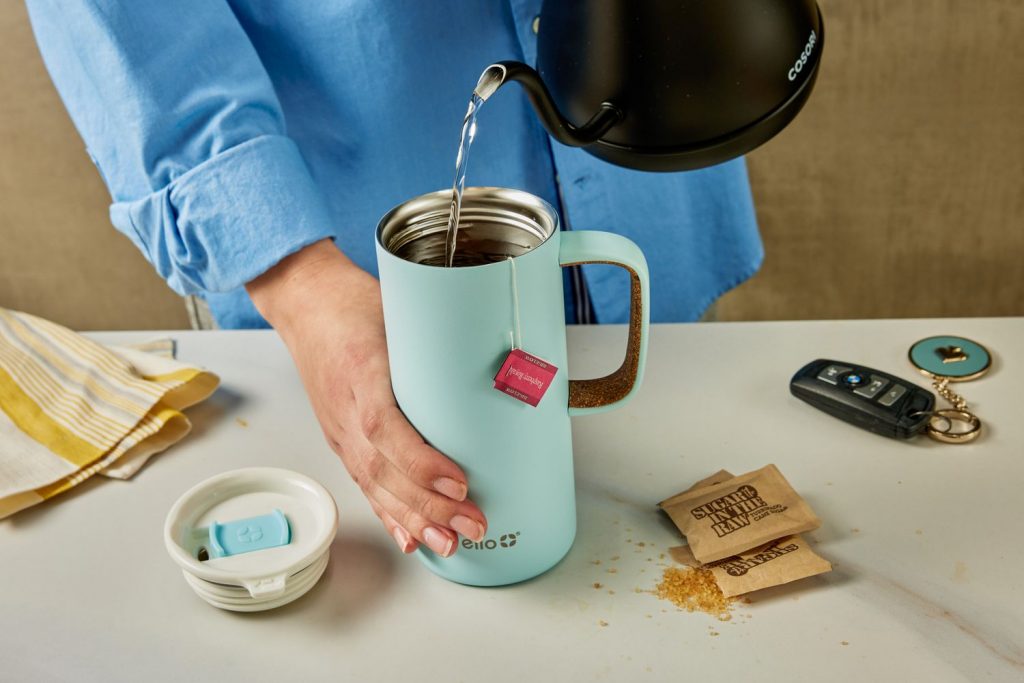As the season changes and warmer days roll in, skin often starts craving extra care. While people focus on protecting themselves from the sun, a trending K-beauty technique has quietly transformed nighttime skincare routines. Known as “slugging,” this method gained traction for its simplicity and visible impact on skin health.
What Is Slugging?
Slugging involves applying a layer of petroleum jelly to the face as the final step in your skincare routine. It keeps moisture in and makes products that are applied underneath work effectively. The trend, widely popularized on TikTok with over 500 million views under the hashtag #slugging, continues to gain fans thanks to real results—glowing, plump, and deeply hydrated skin.
Products like Aquaphor, Vaseline, and CeraVe healing ointment top the list for slugging. They offer effective occlusive barriers to trap moisture overnight. Although influencers often exaggerate the amount used in videos, a pea-sized portion can do the trick.
How to Slug Properly

Image by pikisuperstar | dragonimages on freepik | Start with clean skin then layer serum moisturizer and jelly to lock in moisture.
To benefit from slugging, it’s important to layer products strategically. Here’s how the process typically unfolds:
1. Start by thoroughly cleansing your face.
2. Follow with a hydrating serum containing ingredients like hyaluronic acid or glycerin.
3. Apply a nourishing moisturizer or face oil.
4. Finish with a thin coat of petroleum jelly.
5. Wait a few minutes before lying on your pillow to let the products settle.
This technique works best during nighttime, especially in colder or drier climates where skin tends to lose hydration more rapidly.
Why It Works
Petroleum jelly, made from waxes and oils, forms a shield on the skin that locks in everything beneath it. Research backs its use, particularly Vaseline, for helping repair the skin’s outer barrier. Combined with humectants—compounds that attract and retain moisture—slugging can amplify product performance and skin resilience.
Reported benefits include:
1. Enhanced hydration and glow
2. Strengthened skin barrier
3. Youthful appearance
4. Locked-in skincare ingredients
5. Reduced fine lines
What Dermatologists Think
Experts remain divided, though supportive, when it comes to this trend. Dr. Hadley King, a board-certified dermatologist based in New York, explains that the technique “works when done correctly.” She suggests starting with a serum, adding an emollient-rich moisturizer, and finishing with an occlusive like petroleum jelly.
King also points out that slugging benefits those in dry environments the most. However, she cautions against applying occlusives over active medications as this could amplify their effects unintentionally.
According to board-certified dermatologist Dr. Debra Jaliman, slugging is only recommended for specific skin types. She says, "It's great for dry skin but not ideal for acne-prone skin." The occlusive layer can potentially trap oils, increasing the chance of clogged pores and breakouts. She recommends using products such as CeraVe moisturizing cream, which includes ceramides and hyaluronic acid, to hydrate without aggravating sensitive skin.
When and How to Make It a Habit
Experts recommend applying slugging products at night. That way, skin absorbs the full moisture boost during rest, and there’s no need to worry about daytime residue.
Pairing slugging with your nightly moisturizer is essential. Since petroleum jelly seals everything underneath, hydrating first ensures the skin receives all the necessary nutrients before locking them in.
Affordable and Premium Options Available

Instagram | vaselineuk | You can try slugging with Vaseline, then switch to premium creams if needed.
Slugging doesn’t require luxury brands. A basic tub of Vaseline from the drugstore works just as well. Still, for those interested in higher-end alternatives, dermatologists suggest products such as:
1. Ghost Democracy Ceramide Cream – Packed with ceramides, lipids, and squalane to reinforce skin.
2. Innbeauty Project Daily Moisturizer – Formulated with shea butter, triglycerides, and other rich emollients to promote hydration and balance.
These products serve as excellent bases before applying a thin slugging layer.
How Often Should You Slug?
Consistency matters more than quantity. Licensed esthetician Darnisha Monson emphasizes that results often appear after four to six weeks of nightly use. Occasional slugging may offer temporary relief, but long-term transformation depends on habitual care.
Best Season for Slugging
Winter tends to strip moisture from skin faster than any other time of year. Slugging during these months offers more noticeable benefits, helping combat dryness and protecting against harsh wind conditions, like those faced during ski trips or extended outdoor activities.
Skincare Trends That Deliver
The viral K-beauty trend of slugging continues to capture attention—and for good reason. It provides a low-cost, accessible way to upgrade any routine, especially for dry or compromised skin. As long as it's used wisely and consistently, slugging can become a cornerstone in achieving healthier, more radiant skin, without adding complexity.




